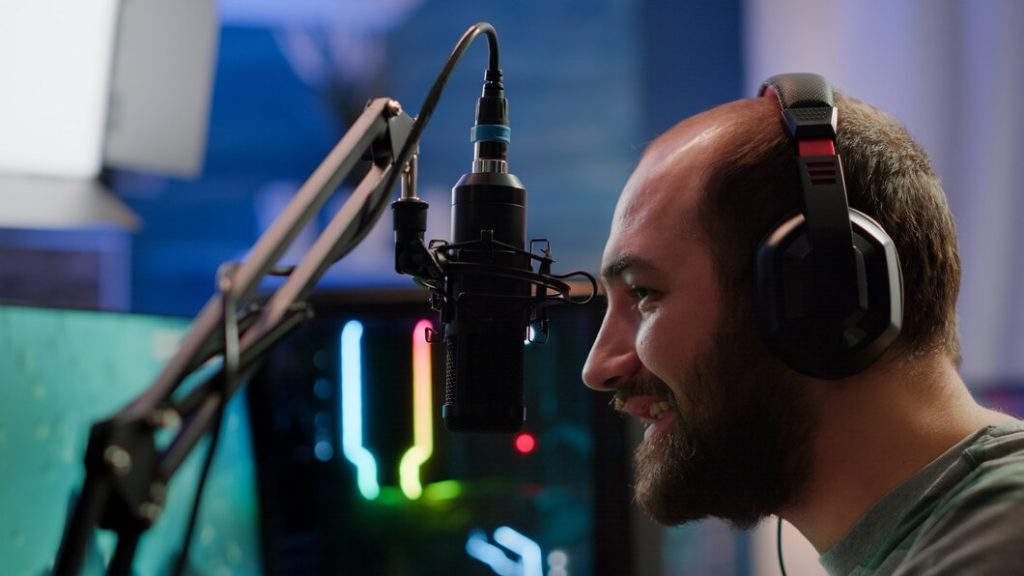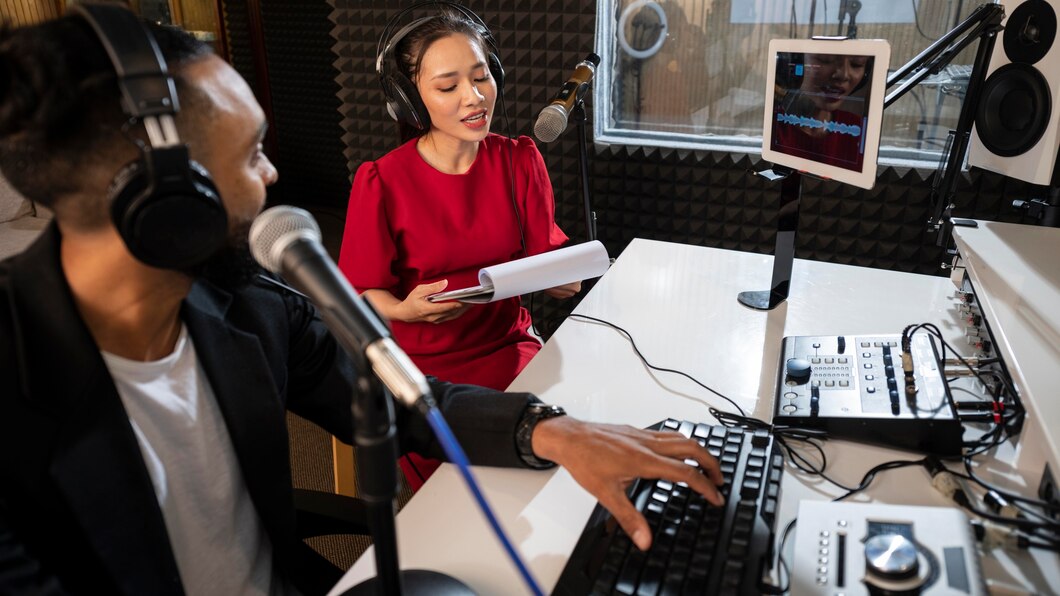Consecutively growing and consistently gaining popularity, podcasts have become a go-to tool for communication, entertainment, and education. As such, podcast sound quality has become even more critical for podcast production. Let us take a deep dive into the essentials of Mixing and Mastering for Podcasts and provide you with insight to help make your podcast stand out.
Essentials of Podcast Production: Enhancing Audio and Vocal Quality
Success in podcasting stretches beyond just having valuable content; the quality of the audio is pivotal. A high-quality podcast audio makes your show enjoyable, delivers messages clearly, and retains listeners.
Crucial Podcast Recording Tips
Utilizing the best practices when recording a podcast is the first step in achieving quality audio. One major tip is the elimination of background noise. A quiet, controlled environment is ideal for recording. Avoid outdoor recordings or places with echoes, instead opt for a home, office, or professional studio to ensure minimal background noise. Always remember to make sure your speaking directly into the microphone at a consistent level to maintain balanced audio levels.
Optimal Equipment for Podcast Recording
Investing in quality recording equipment contributes significantly to the sound quality of your podcast. A quality USB or XLR microphone coupled with a suitable audio interface often yields the best results. High quality headphones, pop filters, and mic stands are also critical equipment for podcast recording.
Mastering Software and Mixing Tips: Tools for Enhancing Podcast Audio
Mastering software and mixing tips are becoming increasingly necessary as podcasts grow in popularity. Let’s delve into how these tools can enhance your podcast audio and keep your listeners engaged.
Optimal Mixing and Mastering Tools: Enhancing Your Podcast Audio
Mixing and mastering tools can take your podcast audio to the next level by removing unwanted noise, adjusting volumes, and adding effects. Mixing plugins, such as an EQ, compressor, or noise gate, can significantly improve your podcast sound quality. While various mastering software is available, it’s crucial to choose one that caters to your specific needs and is user-friendly.
Importance of Balanced Audio Levels in a Podcast
Maintaining balanced audio levels is important when creating a podcast. It keeps volumes consistent across different speakers and segments, ensuring listeners aren’t straining to hear whispers or wincing at loud spikes. To achieve this, you can utilize the features of your editing software to adjust volumes and apply dynamic range control.
Podcast Post-Production Strategies: Blend of Equalization Techniques and Noise Reduction
Podcast post-production is a distinct phase that refines and prepares your podcast for the audience. Equalization techniques and noise reduction are two key elements to be focused on in this stage.
Efficient Post-Production Audio: Techniques for Podcast Sound Engineering
In post-production, the audio recorded is processed and polished to enhance the quality of your podcast. Equalization techniques are used to adjust specific frequencies in an audio file to obtain a balanced sound. Besides, noise reduction tools can help in eliminating background noise or echo that might have been recorded.
Application of Compression in Podcasts for Dynamic Range Control
One essential aspect of podcast post-production is the application of compression in podcasts. Compression reduces the dynamic range of your audio, making loud sounds softer and soft sounds louder. This provides a consistency that makes your podcast easier to listen to, particularly in environments with ambient noise.
Audio Processing for Podcasts – Managing and Finalizing Podcast Episodes
Mastering your podcast episodes involves a series of audio processing steps that ensure a smooth and pleasant listening experience for your audience.
Podcast Editing Software: Ensuring Clean and Clear Podcast Audio
Podcast editing software is imperative in cleaning up your audio files for release. There is a wide variety of editing software available, with varying features and complexity. Whatever software you choose to use, make sure it can perform the basics functions such as trimming, adjusting volumes, and applying effects.

The Role of Audio Optimization in Mastering for Broadcast
Audio optimization plays a significant role in mastering for broadcast. It involves adjusting the levels in your podcast audio to deliver a balanced, clear, and distortion-free sound. This adjustment makes it compatible with a variety of listening devices, making sure your podcasts sound perfect whether they’re being played through car speakers, headphones, or smart speakers at home.
Delivering High-Quality Podcast Sound: From Vocal Enhancement to Mastering for Clarity
The ultimate goal of podcast production is to deliver high quality, clear, and engaging audio content to your listeners.
Enhancing Audio Quality: Focus on Vocal Enhancement in Podcast Production
Vocal enhancement is an essential part of the podcast production process. Digital effects and plugins such as equalization and compression can be used to fortify the vocals, making them clearer and more pronounced. This, combined with a clean podcast audio, significantly enhances listener’s experience.
Mastering for Clarity and Precision: The Final Stage in Podcast Audio Enhancement
Mastering for clarity is the final stage in podcast audio enhancement. It involves fine-tuning the audio to ensure it is balanced, clear, and pleasant to the listener’s ear, regardless of what device they are using. This final touch of precision elevates the quality of the podcast.
Remember, the right balance between content and quality determines the success of your podcast. Thereby, investing time in mixing and mastering can significantly improve your podcast sound quality, making it more engaging and professional.

